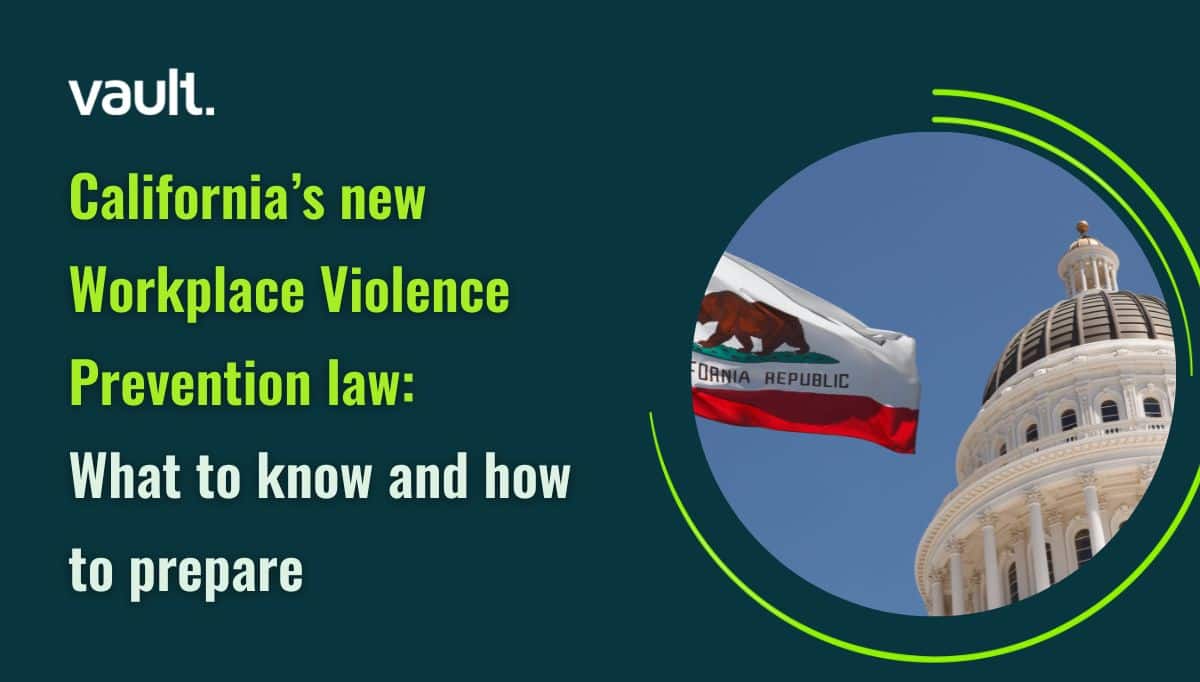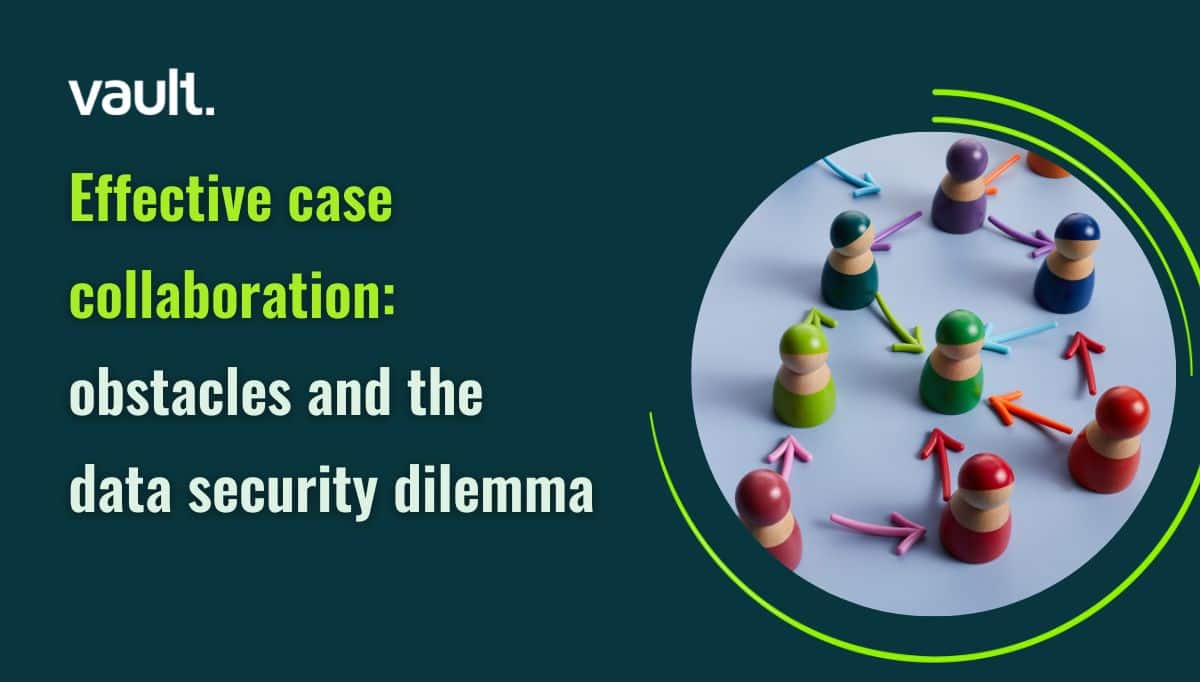August 26, 2020, marks the 100th anniversary of the victory of women suffragists in the US. On this day in 1920, now known as Women’s Equality Day, some American women gained the right to vote. Some but not all. It wouldn’t be until the passage of the Voting Rights Act in 1965 that the majority of Black women and women of color were able to cast a ballot.
So, Women’s Equality Day is a bit of a misnomer, historically speaking. It’s even a misnomer in the context of the present day. Equality, for all women, is still a long way off, especially when it comes to representation in the workplace.
According to the World Economic Forum’s Global Gender Gap Report 2020, it won’t be until the year 2277 that men and women will finally achieve equal pay at work.
The economic gender gap is widening
While the overall gender gap is narrowing, the figures show that the economic gender gap is widening as financial disparities grow. It’s well recognized that there are a multitude of factors behind the disparity in earnings and career opportunities, including women taking lower-paid occupations, working part-time, the “motherhood penalty,” as well as having reduced access to resources such as capital, land or financial products. But some of the most persistent challenges faced today are discrimination and bias.
Currently, only 55% of adult women are in the labor market, compared to 78% of men and worldwide, the average woman’s annual income is $11,500, versus $21,500 for a man. For women of color, these numbers decline rapidly.
2277 is already several lifetimes away but we’re in danger of pushing equality further into the future. Research from US academics at different universities published in July looked at historical data and found evidence that biases tend to re-emerge strongly during economic crises. The fallout is that business leaders hunker down with their flawed beliefs, almost for comfort, despite clear evidence that diversity and inclusion have positive impacts.
The clock is ticking backwards
There’s already evidence that the clock is slowing. In 2019, the proportion of women in senior management roles globally grew to 29%, the highest number ever recorded. In 2020, this percentage remains the same, despite a significant jump the year before.
A 2020 analysis by Mercer of over 1,100 organizations across the world found a leaky pipeline, revealing that women are overrepresented in support functions and underrepresented in leadership:
Executives: 23%
Senior managers: 29%
Managers: 37%
Professionals: 42%
Support staff: 47%
Both the US and the European Union count women as almost half the total labor force, yet both also count just about a third of women in managerial positions. For Black women, this number shrinks to 4% and for Asian women to 2.5%.
Before they even get to the glass ceiling, these women have to break through the glass floor.
Our friends at pay equity firm Synd.io have deep concerns that COVID is exacerbating existing pay and opportunity disparities between genders and ethnicities. The company found that women, in general, are more likely to see impacts on their careers due to the effect of COVID on performance and/or productivity but this is more pronounced among non-white women. Hispanic and African American women are most likely to fear this, with 35% of Hispanic women saying it will affect their careers “a great deal,” and 30% of African American women saying the same. Of white women, only 14% believe their careers will be affected a great deal.
Joonko, an automated diversity recruiting solution, shares the same concerns, especially in the tech sector. Of 23,000 people laid off from 280 different startups during COVID, 51% of all layoffs have been women and 38% of layoffs have been within Black and/or Hispanic communities.
One of the key challenges around discrimination is that of employees not being able to Speak Up and of companies not being able to listen. Employees typically choose not to report these problems because 51% are worried to do so would affect their job and 43% feel it would not be taken seriously.
We need to break that cycle before we can truly claim a Women’s Equality Day.
For a more in-depth view, download Vault Magazine: The Discrimination Issue



